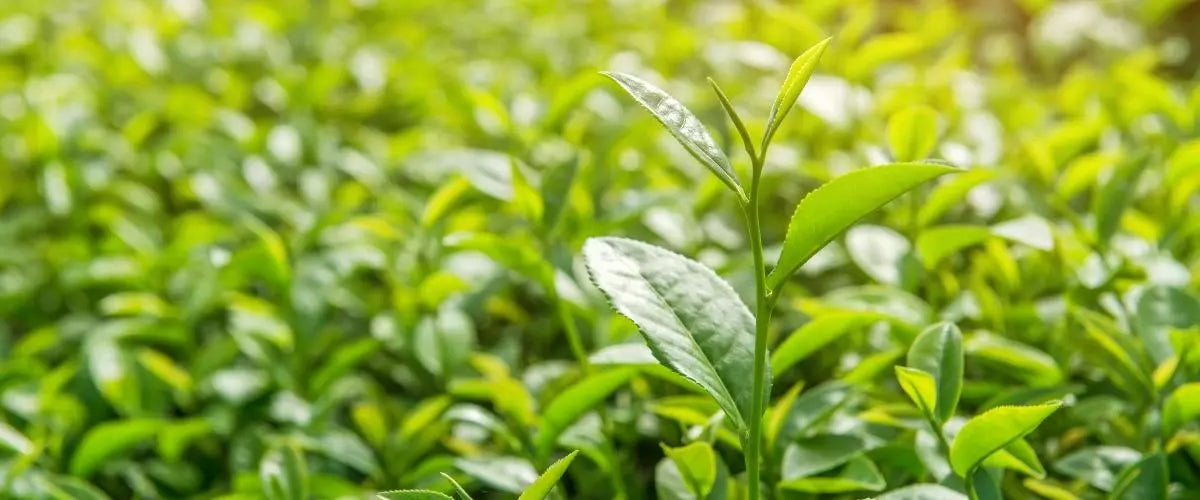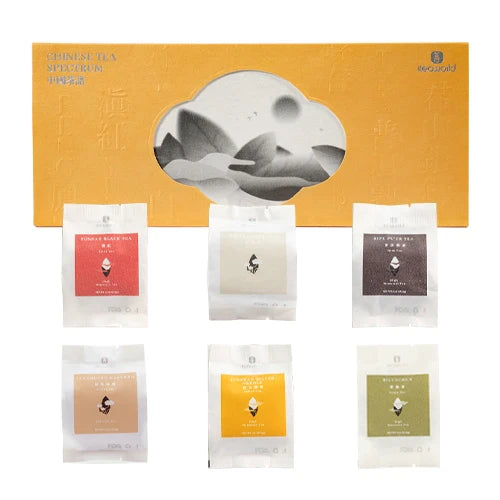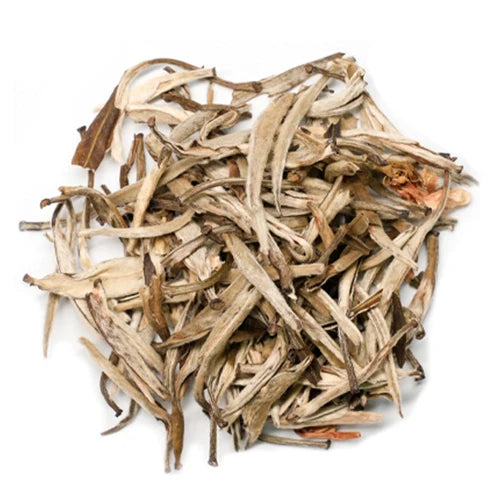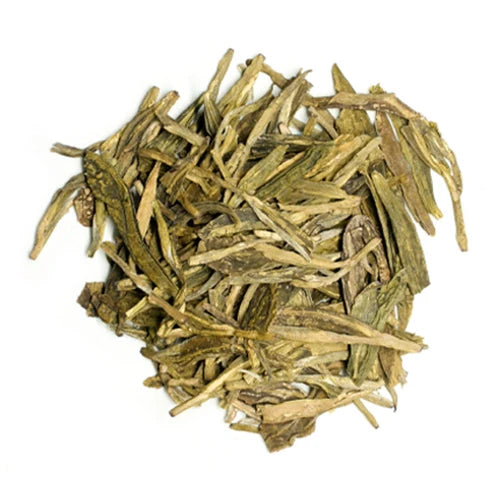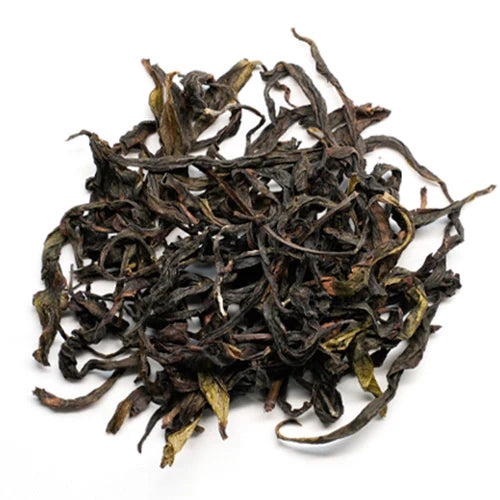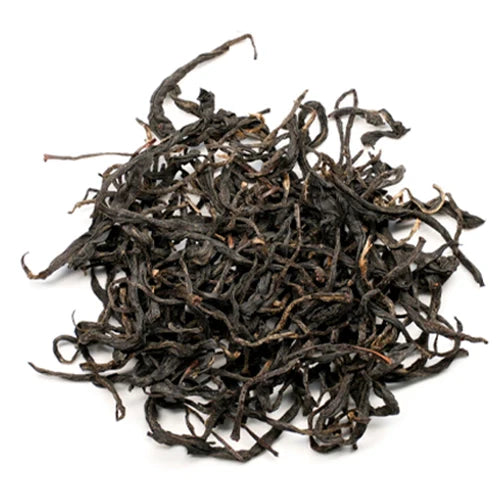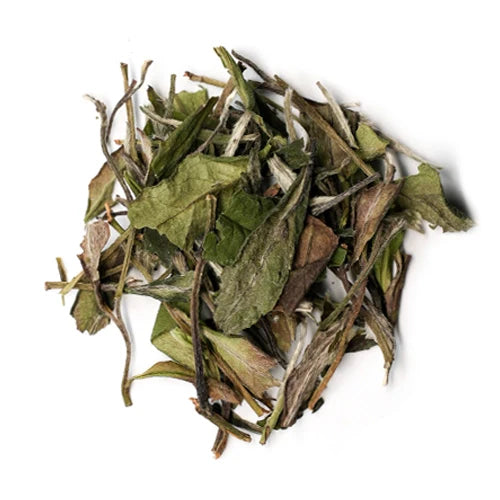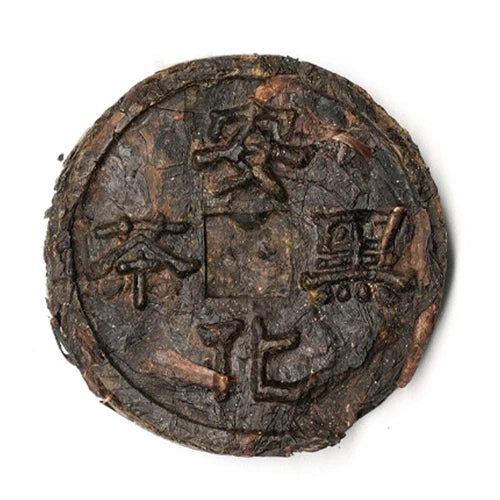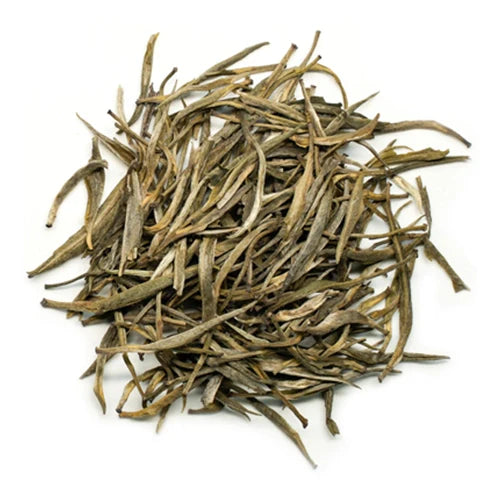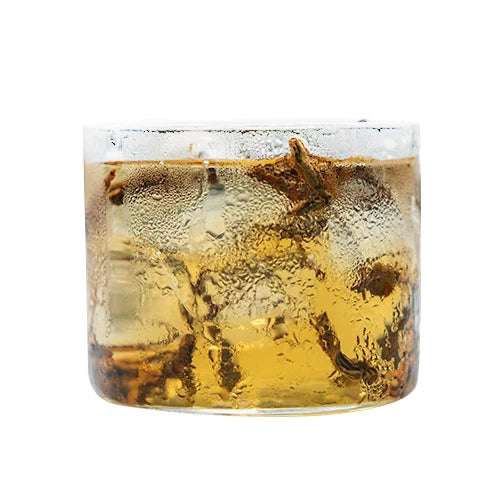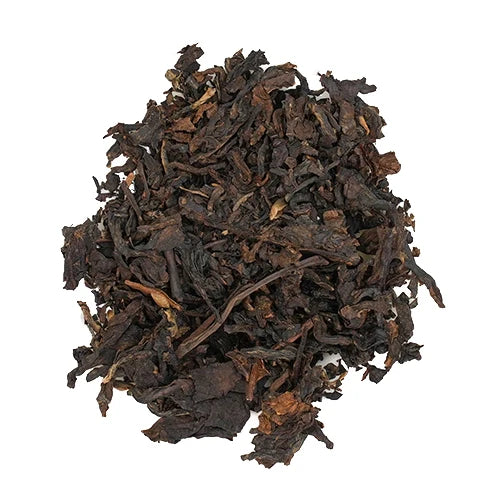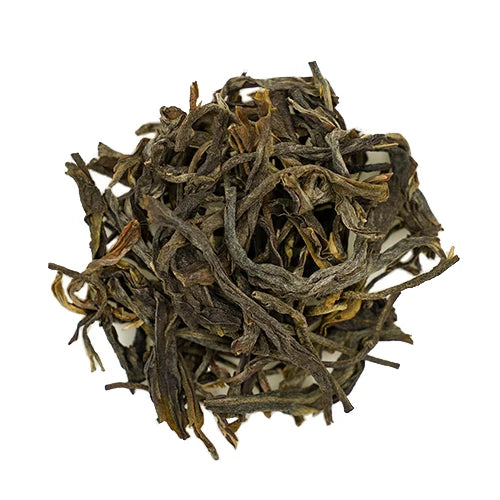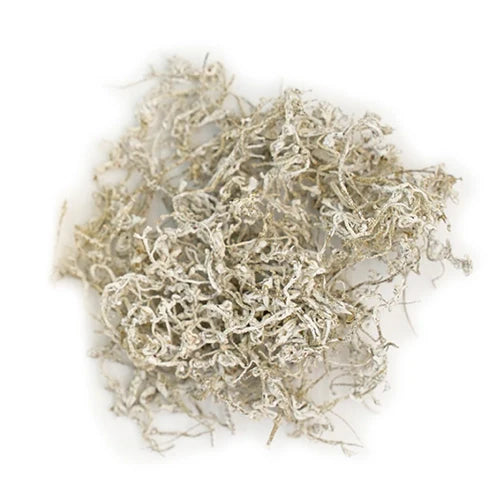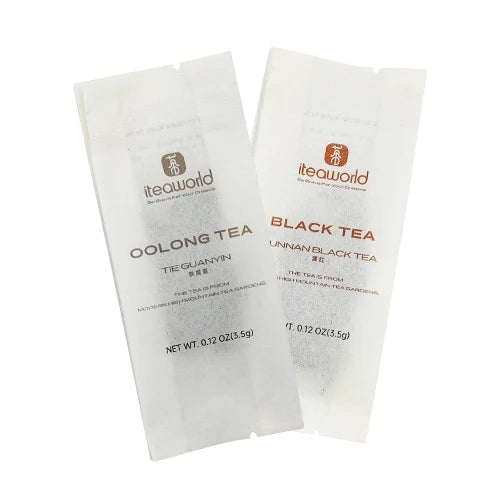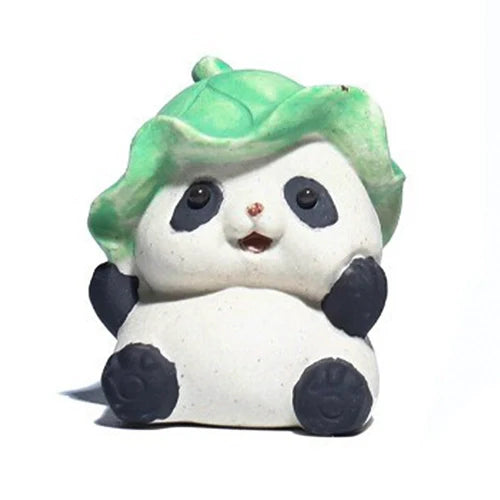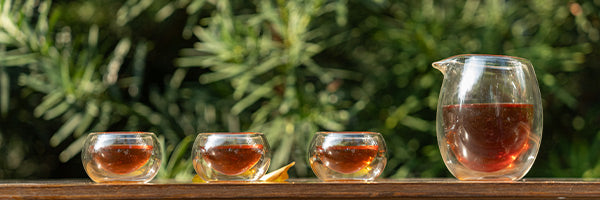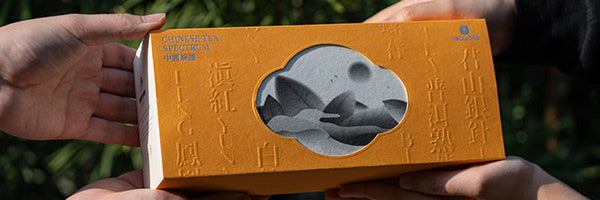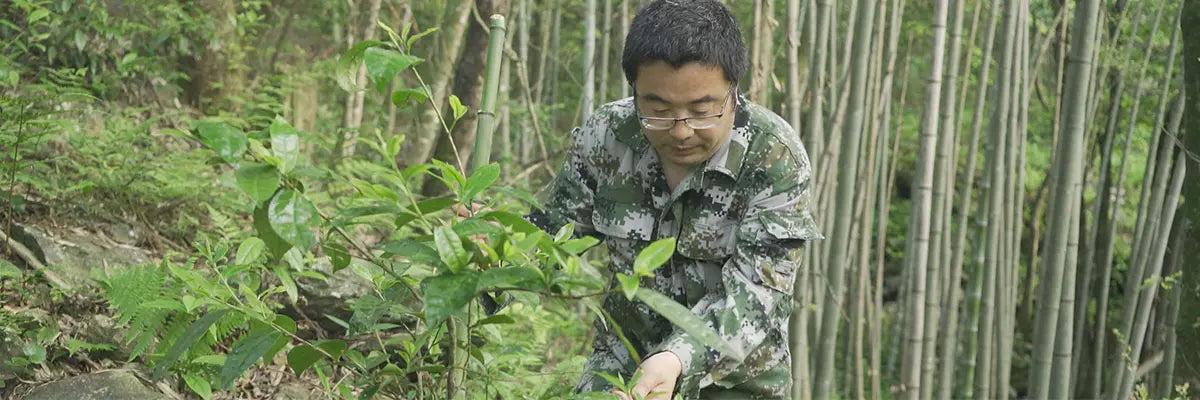Jasmine tea, especially jasmine green tea, is often seen as the “essence of the East.” Its bright floral aroma, soothing flavor, and many health benefits have made it one of the most beloved teas in China and beyond.
But here’s something few people know—jasmine flowers didn’t originally grow in China.
So how did this exotic blossom find its way into Chinese teacups?
Let’s travel back more than a thousand years to uncover the story of how jasmine met tea.

How Jasmine Flowers Came to China
Over a millennium ago, jasmine flowers were nowhere to be found in ancient China.
They are believed to have originated near the Persian Gulf, then gradually spread eastward through India and Southeast Asia before finally reaching China via the Maritime Silk Road.
When jasmine arrived in Fuzhou, a coastal city in Fujian province, it first served as an ornamental plant and perfume ingredient—not yet as a tea companion.
No one knew then that this humble flower would one day become the soul of one of China’s most famous teas.

When Jasmine Met Tea — The Song Dynasty
By the early Song Dynasty (960–1279 AD), jasmine was widely grown in Fuzhou.
At the same time, tea culture was booming.
Tea drinking had become a daily pleasure not just for scholars and nobles, but also for ordinary families.
People began experimenting by mixing jasmine flowers with tea leaves and brewing them together to enhance the aroma.
This simple idea marked the earliest form of flower-scented tea.
By the Southern Song Dynasty, as tea-making techniques advanced and people developed a deeper appreciation for tea, scholars and tea enthusiasts started using freshly picked jasmine blossoms to scent the leaves.
Later, during the Yuan Dynasty, a method called “flower-tea steaming” emerged—tea leaves and jasmine flowers were steamed together and then dried. It was one of the earliest documented techniques for crafting flower-scented teas in China.

The Golden Age — Jasmine Tea in the Qing Dynasty
Jasmine tea truly flourished during the Qing Dynasty, particularly in the reign of Emperor Xianfeng (1851–1861).
By then, the craft of scenting tea had matured, closely resembling the techniques still used today.
There’s even a charming legend about how jasmine tea became popular.
Long ago, many tea merchants from Beijing had tea houses and warehouses in Fuzhou, the birthplace of modern jasmine tea. One day, a merchant visiting the famous Yongquan Temple on Drum Mountain met a monk who mentioned that tea scented with jasmine blossoms had an unusually delightful flavor.
Intrigued, the merchant returned and decided to try it himself. The result was so well received that he began producing Fuzhou jasmine tea on a large scale—and it quickly became a sensation across China.
In real history, jasmine tea’s rapid rise in popularity also owed much to Empress Dowager Cixi. She adored wearing jasmine flowers and was known for her love of jasmine-scented tea.
Her influence made the drink a fashionable indulgence at the royal court, turning jasmine tea into an imperial tribute.
At that time, all jasmine teas were crafted in Fuzhou, where tea masters used single-petaled jasmine blossoms and carefully selected only the most aromatic summer flowers—known as "Fu flowers(伏花)" (harvested in July and August).
The freshest buds were picked early in the morning and used for scenting tea at night, when the blossoms fully opened and released their fragrance.
The result was a tea so enchanting that demand always exceeded supply—marking the first golden age of Chinese jasmine tea history.

The Jasmine Tea Modern Revival
The jasmine tea industry declined during the war years but was revived after the founding of the People’s Republic of China in 1949.
Production expanded from Fuzhou to Guangxi (especially Hengzhou, now known as the “Jasmine Capital of the World”), as well as Yunnan and Sichuan.
It became not only a national gift tea for foreign guests but also spread to tea lovers around the world
Over the past century, jasmine tea has evolved far beyond its original form.
While green tea remains the most common base, oolong, black, and even dark teas are now used to create new variations.
Other flowers—such as magnolia, osmanthus, rose, and gardenia—have also joined the craft, adding diversity and creativity to modern flower teas.

Jasmine Tea Benefits
Jasmine flowers contain unique aromatic compounds not found in or low in tea leaves. Some compounds are believed to calm the nerves, ease anxiety, and promote relaxation.
At the same time, the tea is rich in functional compounds such as tea polyphenols and flavonoids, offering various health benefits, including anti-aging, skin nourishment, blood sugar regulation, and lipid reduction
When combined with tea rich in polyphenols and flavonoids, jasmine tea becomes a beautiful harmony of flavor and function—refreshing the mind while nurturing the body.
Whether you drink it to unwind after a busy day or to reconnect with a bit of serenity, jasmine tea is a gentle reminder that beauty often blooms from the simplest traditions.
Our Recommendations
1. Jasmine Tea Collection
Not sure which jasmine tea to start with? This set gives you six carefully selected teas with different bases: modern classics like Jasmine Dragon Pearls, Silver Needle, and Piaoxue, alongside traditional bases such as white tea, green tea, Tieguanyin, Liu Bao, and black tea. Each one offers its own personality and flavor experience.
2. Triple-Scented Jasmine Green Tea (Jasmine Pearl Tea)
Perfect for beginners and daily drinkers, this tea uses tender one-bud-two-leaf green tea from Lingyun, Guangxi. It has low bitterness, a smooth mouthfeel, and a lingering sweetness. Fresh jasmine buds are picked in the morning and scented with the tea at night. After three rounds of scenting, the aroma is rich yet never overpowering, making it a delightful everyday choice.





